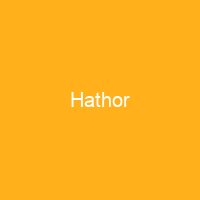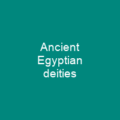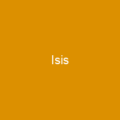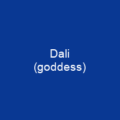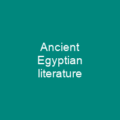Hathor was a major goddess in ancient Egyptian religion who played a wide variety of roles. As a sky deity, she was the mother or consort of the sky god Horus and the sun god Ra. She was one of several goddesses who acted as the Eye of Ra, Ra’s feminine counterpart. Her beneficent side represented music, dance, joy, love, sexuality and maternal care.
About Hathor in brief

The Egyptologist Robyn Gillam suggests that these diverse forms of Hathor emerged when the royal court worshipped many local goddesses subsumed by the goddesses worshipped by the local court. She is not unambiguously mentioned or depicted until the 4th Dynasty of Egypt, although several artifacts that refer to her may date to the Early Dynastic Period. When Hathor does clearly appear, her horns curve outward, rather than inward like those in Predynastic art. The Gerzeh Palette, a stone palette from the Naqada II period of prehistory, shows the silhouette of a cow’s head with inward-curving horns surrounded by stars. The palette suggests that this cow was also linked with the sky, as were several Goddesses from later times who were represented in this form: Hathor, Mehet-Weret, and Nut. In Egypt, she is one of the deities commonly invoked in private prayers and votive offerings, particularly by women desiring children. After the end of the New Kingdom, Hath or was increasingly overshadowed by Isis, but she continued toBe venerated by women in the private prayers of women wanting children. The Egyptian goddesses such as Mut and Isis encroached on Hathor’s position in royal ideology, but Hathor remained one of most widely worshipped deities. The goddess may be Bat, a goddess who was later depicted with a woman’s face and inward- Curling horns, seemingly reflecting the curve of the cow horns.
You want to know more about Hathor?
This page is based on the article Hathor published in Wikipedia (as of Dec. 08, 2020) and was automatically summarized using artificial intelligence.
